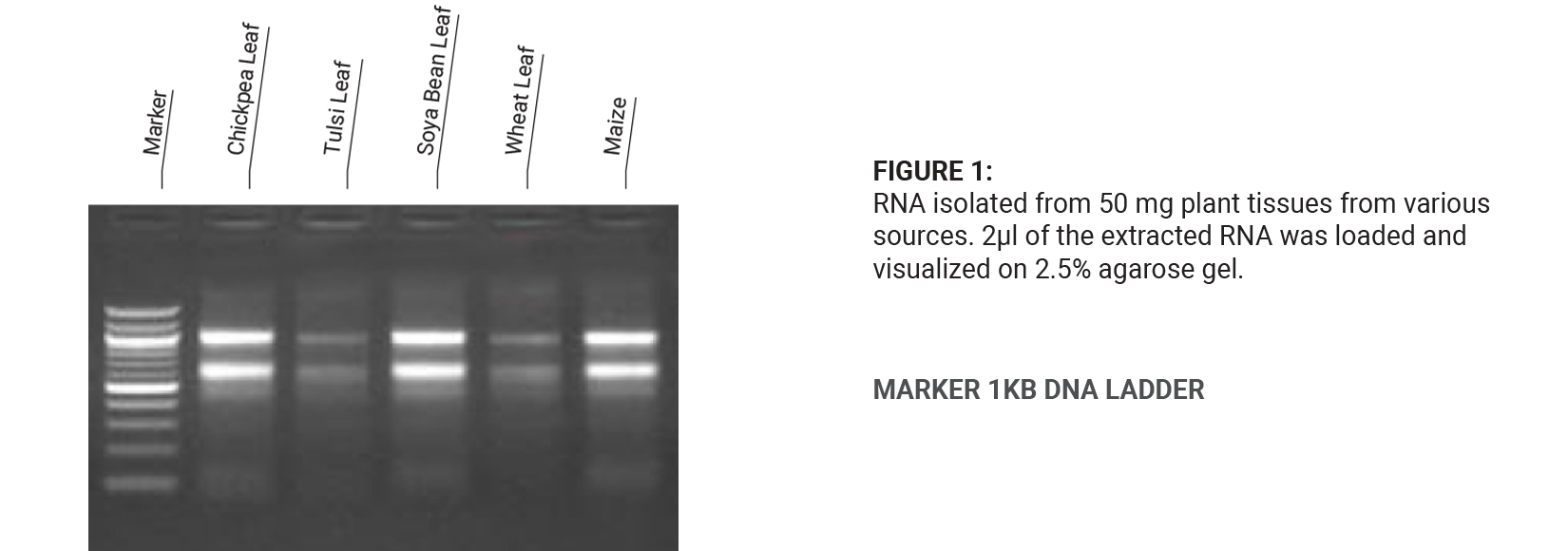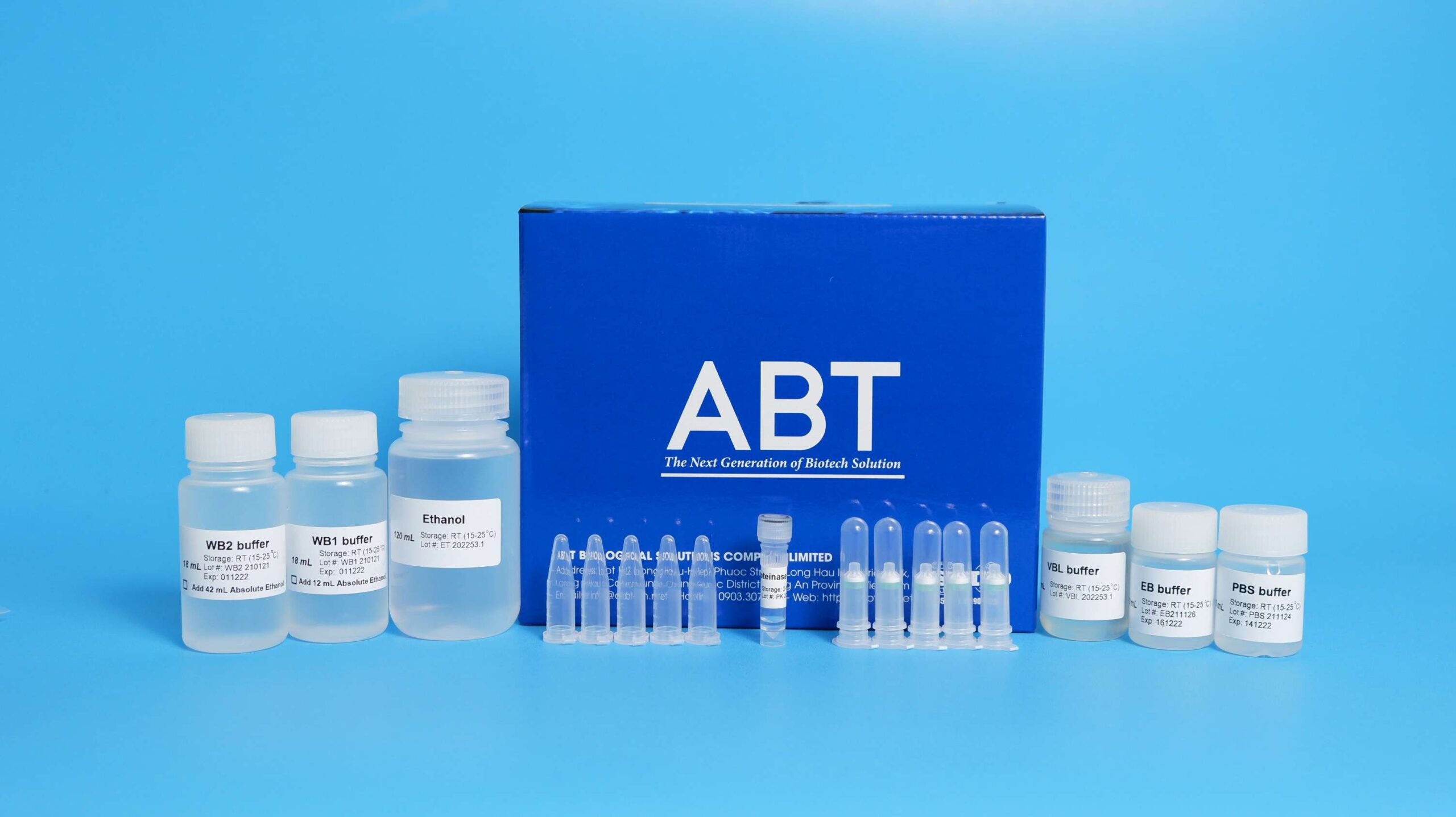Embark on a scientific odyssey with Plant RNA Extraction Kits, the key to unlocking the hidden world of plant RNA. These kits provide researchers with the tools to delve into the genetic blueprint of plants, paving the way for groundbreaking discoveries in agriculture, medicine, and biotechnology.
Plant RNA extraction is a crucial step in studying gene expression, genetic diversity, and plant responses to environmental stimuli. With Plant RNA Extraction Kits, researchers can isolate high-quality RNA from various plant tissues, setting the stage for a myriad of applications.
Plant RNA Extraction Kit Basics

Plant RNA extraction kits are specifically designed to isolate and purify RNA from plant tissues. These kits provide a standardized and efficient method for obtaining high-quality RNA, which is crucial for various downstream applications such as gene expression analysis, RNA sequencing, and RNA interference studies.
Plant RNA extraction kits typically include a combination of reagents and materials necessary for RNA isolation, including:
– Lysis buffer: Contains detergents and enzymes that break down cell walls and membranes, releasing RNA from the cells.
– Binding buffer: Binds RNA to a solid support, such as a silica membrane or magnetic beads.
– Wash buffers: Remove impurities and contaminants from the RNA sample.
– Elution buffer: Eluates RNA from the solid support, resulting in a purified RNA sample.
The advantages of using plant RNA extraction kits include:
– Convenience: Kits provide a pre-optimized protocol and all necessary reagents, eliminating the need for researchers to source and assemble components individually.
– Standardization: Kits ensure consistency and reproducibility in RNA extraction, minimizing variability between experiments.
– Efficiency: Kits streamline the extraction process, saving time and effort compared to traditional methods.
However, plant RNA extraction kits also have limitations:
– Cost: Kits can be expensive, especially for large-scale studies.
– Specificity: Some kits may not be suitable for all plant species or tissue types, requiring optimization or alternative methods for specific samples.
– Yield: RNA yield may vary depending on the plant species, tissue type, and extraction conditions.
Applications of Plant RNA Extraction Kits

Plant RNA extraction kits play a crucial role in various research areas and biotechnological applications. These kits enable scientists to isolate and purify RNA from plant tissues, which is essential for understanding gene expression, regulatory mechanisms, and other biological processes.
Plant Biotechnology and Genetic Engineering
In plant biotechnology, RNA extraction kits are used to study gene expression patterns during plant development, stress responses, and genetic modifications. By analyzing RNA profiles, researchers can identify genes involved in specific traits, pathways, or responses, enabling targeted genetic engineering for improved crop yields, disease resistance, or nutritional content.
Plant Pathology, Plant rna extraction kit
Plant RNA extraction kits are essential in plant pathology for diagnosing and studying plant diseases. By extracting RNA from infected plants, researchers can identify the presence of pathogens, such as viruses, bacteria, or fungi. RNA analysis also helps in understanding the molecular mechanisms of plant-pathogen interactions and developing effective disease management strategies.
Plant Physiology
In plant physiology, RNA extraction kits are used to investigate the regulation of gene expression in response to environmental cues, such as light, temperature, and nutrient availability. RNA profiling provides insights into plant growth, development, and adaptation mechanisms, aiding in the development of stress-tolerant crops and improved agricultural practices.
Crop Improvement
Plant RNA extraction kits are extensively used in crop improvement programs to study gene expression patterns in different cultivars and identify desirable traits. By analyzing RNA profiles, researchers can select plants with enhanced nutritional value, resistance to pests and diseases, and improved yield potential, leading to the development of superior crop varieties.
Methods and Procedures

Plant RNA extraction kits offer a standardized and efficient approach to isolating high-quality RNA from plant tissues. The extraction process typically involves several key steps, each with its own specific principles and considerations.
Understanding the principles behind each step and following the recommended protocols carefully are essential for obtaining optimal RNA yield and purity.
Grinding and Homogenization
The first step in RNA extraction is to grind and homogenize the plant tissue to break down cell walls and release the cellular contents, including RNA.
This can be achieved using various methods, such as mortar and pestle, bead beating, or tissue grinders. The choice of method depends on the type of plant tissue and the desired level of RNA yield and purity.
Lysis and RNA Binding
Once the tissue is homogenized, it is lysed to release the RNA from the cells. This is typically done using a lysis buffer containing detergents and enzymes that break down cell membranes and degrade cellular components.
The lysate is then mixed with a binding buffer, which contains a solid-phase matrix that binds to the RNA molecules. This matrix can be silica-based or magnetic bead-based, depending on the kit used.
Washing and Elution
After the RNA is bound to the matrix, it is washed with a series of buffers to remove impurities and contaminants. These buffers are designed to selectively remove specific contaminants, such as proteins, DNA, and other cellular debris.
Finally, the purified RNA is eluted from the matrix using a buffer that disrupts the binding interaction. The eluted RNA can then be used for various downstream applications, such as RT-PCR, RNA sequencing, or gene expression analysis.
Troubleshooting and Optimization
Troubleshooting and optimization are important aspects of RNA extraction to ensure high-quality and reproducible results.
- Low RNA yield: Check the efficiency of grinding and homogenization, optimize the lysis conditions, and ensure that the binding capacity of the matrix is not exceeded.
- Impurities in the RNA: Optimize the washing steps to remove specific contaminants, such as proteins or DNA. Consider using additional purification methods, such as column chromatography or enzymatic digestion.
- RNA degradation: Handle the RNA samples carefully to prevent degradation by RNases. Use RNase-free reagents and equipment, and store the RNA at appropriate temperatures.
The real living plant stand is an innovative way to display your plants and add a touch of nature to your home. Made from durable materials, this stand is perfect for both indoor and outdoor use. It is also easy to assemble and disassemble, making it a great option for those who move frequently.
With its sleek design and sturdy construction, the real living plant stand is a great way to show off your plants and add a touch of style to your home.
The plant RNA extraction kit is an essential tool for studying the molecular biology of plants. It allows researchers to isolate and purify RNA from plant tissues, which can then be used for a variety of downstream applications, such as gene expression analysis and genotyping.
The john deere 1 32 planter is a precision planter that is used to plant seeds in rows. It is a versatile planter that can be used to plant a variety of crops, including corn, soybeans, and cotton. The plant RNA extraction kit and the john deere 1 32 planter are both essential tools for agricultural research.
The black and white planter is a beautiful and functional addition to any home. Its sleek design and modern aesthetic make it a perfect fit for any décor. The planter is made of durable materials that will last for years to come.
It is also easy to clean and maintain, making it a low-maintenance addition to your home. With its stylish design and easy-care features, the black and white planter is a must-have for any plant lover. In addition to its aesthetic appeal, the black and white planter also offers several benefits for your plants.
The dark color of the planter helps to absorb heat, which can help to keep your plants warm during the winter months. The planter also has a drainage hole at the bottom, which helps to prevent your plants from becoming overwatered.